Global Journal of Zoology
Is the behaviour a feature that implies evolutionary consequences in the speciation?
Alejandro Correa Rueda*
Cite this as
Rueda AC (2023) Is the behaviour a feature that implies evolutionary consequences in the speciation? Glob J Zool 8(1): 015-017. DOI: 10.17352/gjz.000028Copyright
© 2023 Rueda AC. This is an open-access article distributed under the terms of the Creative Commons Attribution License, which permits unrestricted use, distribution, and reproduction in any medium, provided the original author and source are credited.In birds, similar behaviour decreases in dramatic form the distances among sister lineages.
The current classification of the Chilean representatives of the passerine family Rhinocryptidae includes eight species. Moreover, differences between the two lineages of Chilean species of Scytalopus genera, and two subspecies of Scelorchilus. Scelorchilus albicollis albicollis vs. S. a. atacamae; S. rubecula rubecula vs. S.r. mochae, two species of Pteroptochos: P. castaneus and P. tarnii, and two subspecies: P.megapodius megapodius and P.m. atacamae are very scarce. We propose a new methodology based on ecological and behavioural patterns in order to understand the concept of speciation in this group of birds. Our results show how when integrating behaviour and ecological terms as biological traits next to morphological characters of the plumage, allows us to conclude that there is a decrease in the distances among sister lineages in the cluster tree.
Here we discuss the speciation of the large Chilean Rhinocryptidae, based on their behavior [1] and their specific Umwelten [2]. We observed the behavioural patterns of birds in their daily environment (Table 1) such as feeding, courtship, aggressiveness, flight poorly, nest construction, great vision, highly territorial, intraspecific and interspecific sympatry and other field behaviour in situ of this group of birds. We propose a new methodology based on ecological and behavioural patterns in order to understand the concept of speciation in this family. Previous studies suggest that species of the genera of Chilean Scytalopus are closely related based on phenotypic traits of plumage, behaviour, and geographical dispersion [3] but different vocalization [4].
The current classification of the lineages of Chilean Rhinocryptidae has separated them in order to their morphological characters, plumage variations, geographical dispersion, and differences in vocalization patterns [5]. The brain of the Rhinocriptyds [6] has strong structural and functional similarities with those of mammals, especially with regard to the structures that enable multimodal integration capacity in the telencephalon [7]. Such anatomical characteristics of the Rhinocryptidae family may be associated with the behavioural abilities to exploit diverse environments in Chile. In turn, this behavioural plasticity might facilitate the use of diverse habitats and broad geographical distribution, as shown by the Chilean species.
We use field review data in order to evaluate the current classification of Chilean Rhinocryptids species, we first review data on ecological aspects, morphological characters of feathers, and behavioural traits (Table 1) of these lineages reported by a variety of authors [3] and field observation variables of these birds, such as their behaviour, plumage phenotype, feeding, breeding, habitat use, and dispersal movements. We use the Similarities indexes Russel & Rao [8]. Using these data, we constructed cluster trees with the following traits: morphological characters of the feathers in different parts of the body and ecological aspects (Figure 1). On the other hand, we add the behavioural variable to the other variables we dealt with previously (Figure 2). Furthermore, we make an integrated analysis of all characters including; ecology, morphological characters of plumage and behaviour by means of an analysis of conglomerates (distance metric is normalized percent disagreement, Boostrap software Systat 8.0) (Figures 3,4). The comparison between sister lineages of the Chilean Rhinocryptidae, in relation to the common ancestor of Furnariidae, would clearly explain how the behavioural similarity between Rhinocryptids decreases the distances (Figures 3,4) (C. oustaleti fall far outside out of the group, Figure 4). On the other hand, the analysis performed by the Systat 8.0 program does not make any discrimination when including data related to behavioural patterns attached to the plumage coloration phenotype and ecology [1] (Figures 3,4). In the Figures 1,2 (applying the Russel & Rao index) show that is consistent that when applying the behavioural variable, the distances between Chilean rhinocryptid species decrease. Is probably than the program is likely to show inconsistencies when integrating certain types of data due to heterogeneity in biological evolution [9].
We discuss the differences and similarities among the lineages of the Chilean Rhinocryptids and compare them with the species outgroup Cinclodes oustaleti (Furnariidae). According to our results, we postulate that there are no cut criteria to establish differences among three sister lineages of the current classification conformed to; White-throated Tapaculo (Scelorchilus albicollis albicollis vs. S.a. atacamae), Moustached Turca (Pteroptochos megapodius megapodius vs., P.m. atacamae) and Chucao Tapaculo (S. rubecula rubecula vs. S.r.mochae), since the differences are scarce. It is possible that between sister taxa they have a tendency to be subspecific. Even the differences between Chilean Scytalopus species are minor and sympatric populations may occur between them [3,10-12]. Only differing in vocalizations [4] and some phenotypic traits, the same is for Pteroptochos species [13]: P. tarnii with P castaneus.
However, it is important to note that Eugralla paradoxa is the only species that fall outside the tree node that is consistent (Figures 1-4) and remains a Rhinocryptid species independent of the other species of Scytalopus. The Eugralla genus is a monotypic species that clearly falls outside the group of species of Scytalopus [14] and the way of life is different and very poor flier, live in small areas in bushes with dense shrubs with thick foliage. Probably the species of the Chilean genus of Eugralla is the ancestor of all Scytalopus genus of South America. However, we suggest that they should be reevaluated with more precision, using different criteria to elucidate a more accurate taxonomic separation than the current one. In addition, we argue that the current notion of the classification of Chilean Rhinocryptids can be modified. The disadvantages of this methodology are that at no time did we carry out a genetic study of the subspecies mentioned. Is probable that there may be some variation, as has been shown by molecular genetic studies by other researchers [3,13,14], but there may be an urgent need to integrate the behavioural variable into future research.
Conclusion
In conclusion, we propose that the integration of behaviour in terms of ecology and morphological characters of the plumage allows us to conclude the decreased distances among sister lineages in the family of Chilean Rhinocryptids. Additionally, the great similarity in the behaviour among these species is due to the lifemode. In this way, we are convinced that the behaviour is an evolutionary clue that determines the speciation in this taxonomic group of birds, further supporting the notion that the current classification of the Chilean Rhinocryptidae should be revised and modified. This group of birds is strongly adapted to the floor and poor flyers in restricted habitats, therefore its conservation should be a priority.
- Correa A, Mpodozis J. Speciation of Chilean Rhinocryptidae (Avian) based on their behaviour. Nature. 2008. https://www.nature.com/articles/npre.2008.1597.2
- Uexküll JV. Environment and inner life of animals. (2 Aufl.) Ed Berlin. Springer.). 1921; 224.
- Krabbe N, Schulenberg TS. In Handbook of the Birds of the World. (Eds., J. Del Hoyo, A. Elliot & Christie, D). 2003; 8; 748-787. (Lynx Edicions, Barcelona; 2003)
- Riveros G, Villegas N. Taxonomic analysis of the subspecies of Scytalopus magellanicus (Fam. Rhinocryptidae Aves) through their songs. An. Mus. His. Na.Valp. 1994; 22:91-101.
- Krabbe N, Schulenberg T, Hosner P, Rosenberg K, Davis J, Rosenberg G, Lane D, Andersen M, Robbins M, Cadena C, Valqui T, Salter J, Spencer A, Angulo F, Fjeldså J. Untangling cryptic diversity in the High Andes: Revision of the Scytalopus [magellanicus] complex (Rhinocryptidae) in Perú reveals three new species. Auk. 2020; 137: 1-26.
- Feduccia A, Olson L. Morphological similarities between the Menurae and the Rhinocryptidae, relict passerine birds of the southern Hemisphere. Smithsonian Con. in Zool. 1982; 366:1-22.
- Rehkämper G, Frahm HD, Zilles K. Quantitative development of brain and brain structures in birds (galliformes and passeriformes) compared to that in mammals (insectivores and primates). Brain Behav Evol. 1991;37(3):125-43. doi: 10.1159/000114353. PMID: 2070254.
- Rao CR. Advanced Statistical Methods in Biometrics Research. (ed. John Wiley and Sons, New York,1952).
- Kolaczkowski B, Thornton JW. Performance of maximum parsimony and likelihood phylogenetics when evolution is heterogeneous. Nature. 2004 Oct 21;431(7011):980-4. doi: 10.1038/nature02917. PMID: 15496922.
- Correa A, Figueroa J, Rozzi R. First record of sympatry in two species of Scytalopus (Fam. Rhinocryptidae) in Zapallar, Valparaíso Region, Chile. Catalan Magazine of Ornithology. Spain. 2020; 36:79-82.
- Goodall JD, Johnson AW, Philippi RA. 1st Supplement of the Birds of Chile. Buenos Aires: Platt Graphic Establishments. 1957.
- Norambuena H, Barros R, Raimilla V. Presence of the Northern Churrín (S. fuscus) in the Nahuelbuta mountain range, Araucanía region, Chile. Bol. Chil. Ornithol. 2011; 17:109-112.
- Chesser RT. Molecular systematics of the Rhinocryptids genus Pteroptochos. The Condor. 1999; 101: 439-446.
- Per EG, Olson P, Storrs L, Irestedt M, Alvarenga H, Fjeldså J. Circumscription of a monophyletic family for the tapaculos (Aves: Rhinocryptidae): Psiloramphus in and Melanopareia out. Journal of Ornithology. 2010; 151:337–345.
Article Alerts
Subscribe to our articles alerts and stay tuned.
 This work is licensed under a Creative Commons Attribution 4.0 International License.
This work is licensed under a Creative Commons Attribution 4.0 International License.
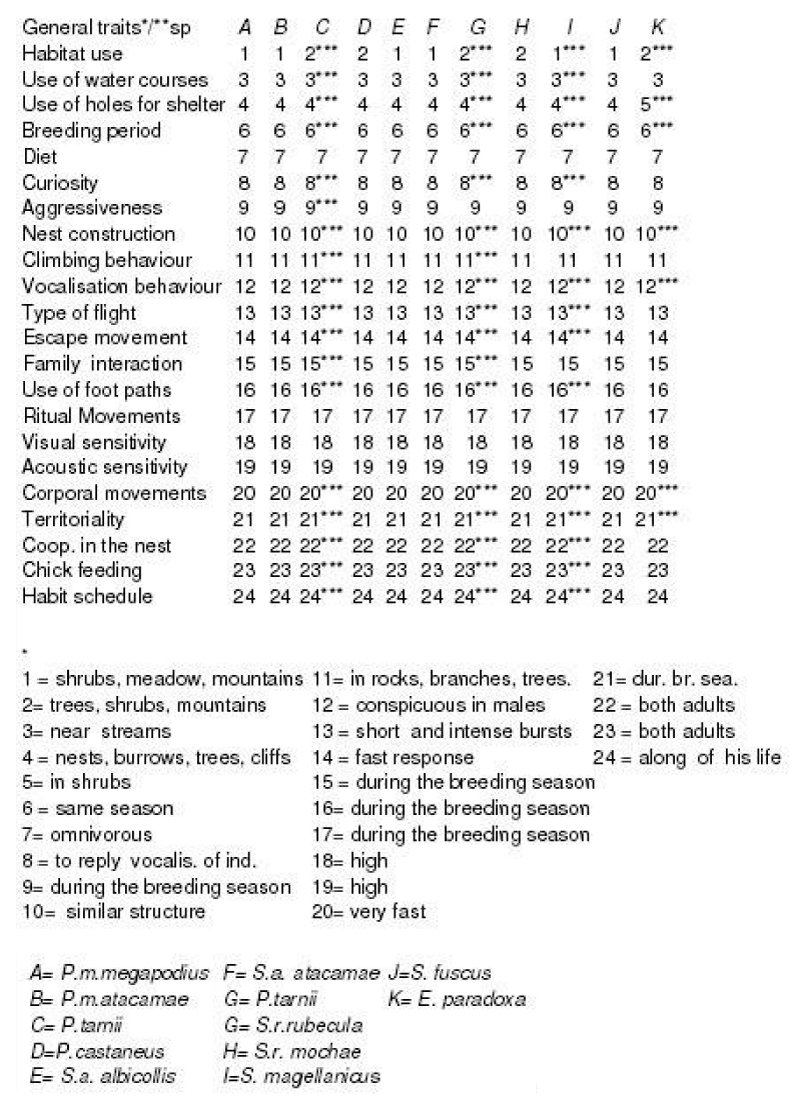
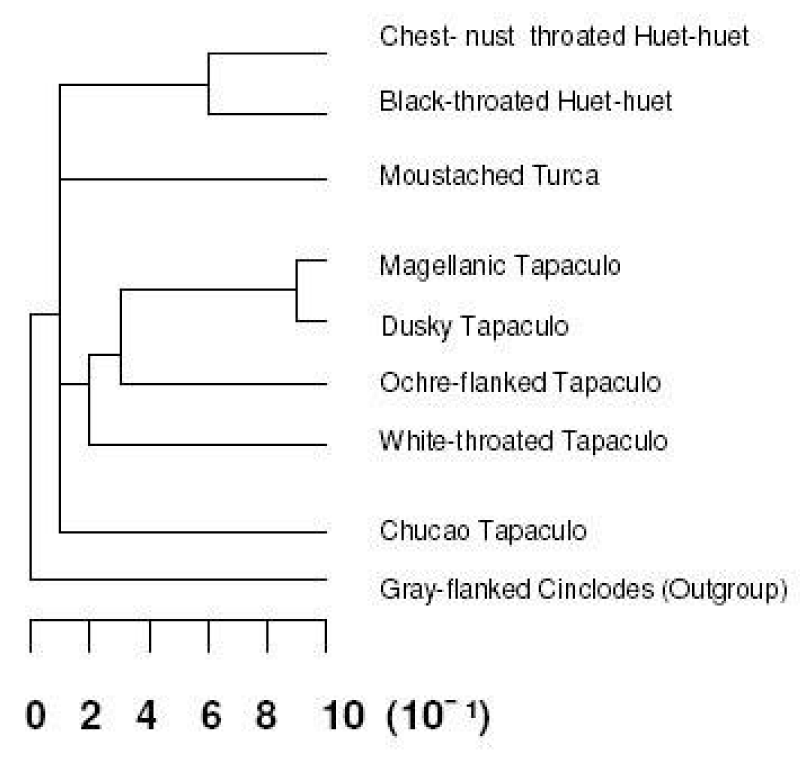
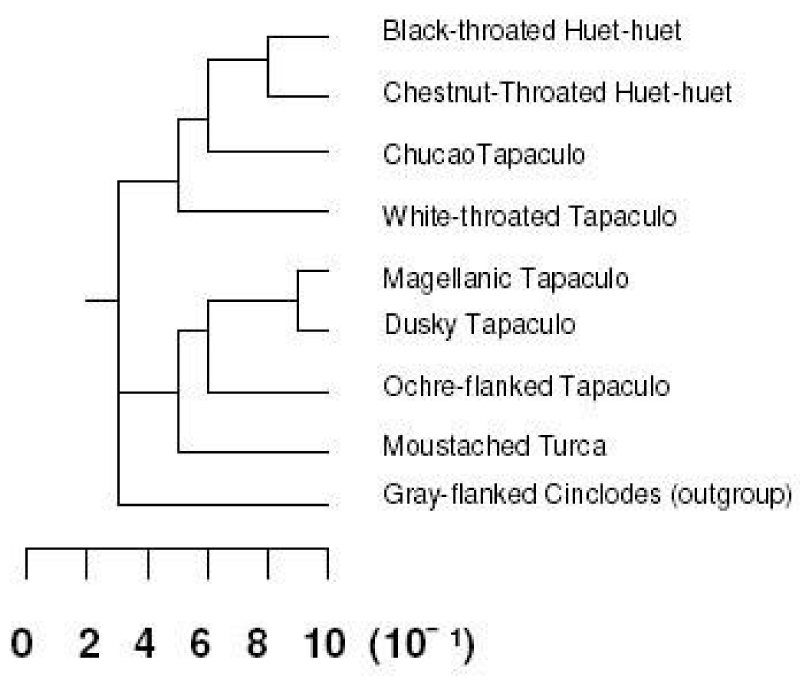
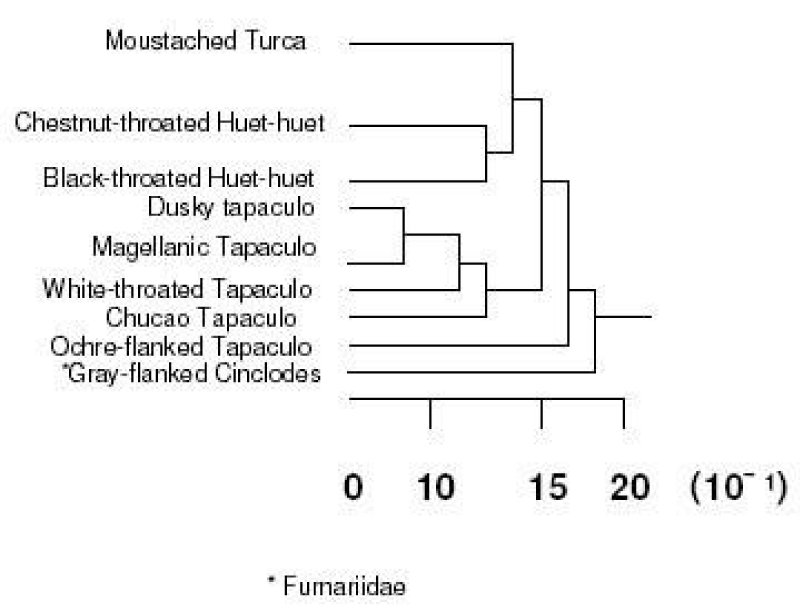
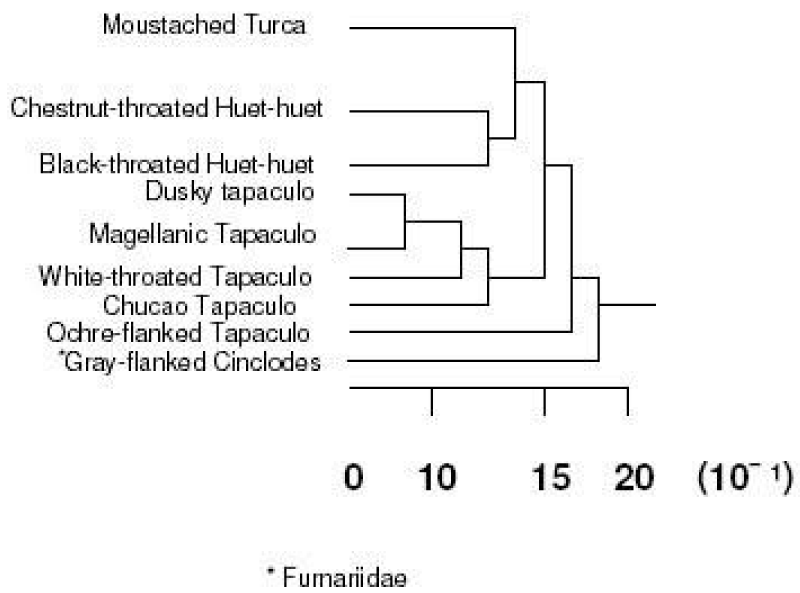


 Save to Mendeley
Save to Mendeley
